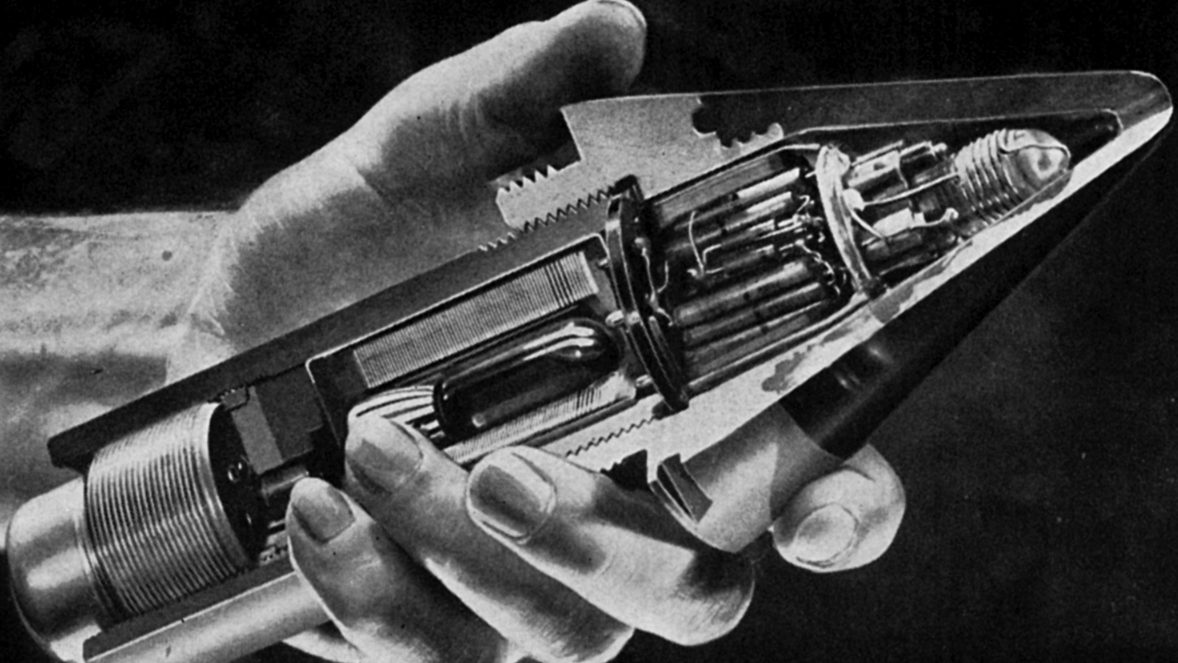Retrotechtacular: A Closer Look at the VT Proximity Fuze [Hackaday]

Here at Hackaday, our aim is to bring you only the freshest of hacks, which carries the burden of being Johnny-on-the-spot with our source material. So if something of obvious interest to our readers goes viral, we might just choose to skip covering it ourselves, figuring you all have probably seen it already. But, if we can dig a little deeper and bring extra value over and above what the viral content provides — well then that’s another story.
That’s pretty much the story behind the excellent video recently released by [Real Engineering] about “The Secret Weapon That Changed World War 2.” It concerns the VT series of proximity fuzes — it’s a legitimate alternate spelling of “fuse” if a somewhat archaic one — that were used for artillery shells and spin-stabilized rockets in World War II. The video gives an excellent overview of the development of the VT, which was used primarily in anti-aircraft artillery (AAA). The details about the development of the American VT fuze are excellent, although curiously there’s no mention that British experiments with a radio proximity fuze were part of the goldmine of information brought to America at great risk by the Tizard mission in 1940. While there has been plenty of contention about the exact role the British work played, it’s fair to say that it at least informed the development and fielding of the American VT fuze.
The Deep(er) Dive
As for how the fuze worked, the video goes into a slightly less than satisfying degree of detail. That’s not a complaint, as too much detail in that department would likely not appeal to a broad audience. But for the Hackaday set, more detail is better, so I set about learning what made the VT fuze tick. As a radio proximity fuze, the basic concept is obvious — generate a strong RF pulse and listen for any signals that may have been reflected by a nearby solid object, such as an airplane. But the devil’s in the details, as they say, and the challenges involved with getting this to work under battlefield conditions were immense.
So what kind of circuits were used to make all this work? And how did circa-1940 electronics survive the 20,000-g loads experienced by the fuze as the artillery shell is fired? Although a lot of details aren’t available, the 1946 Bureau of Ordinance VT fuze manual reveals a lot of details, including schematics. Unfortunately, there’s no overall schematic given, so I had to stitch together one from the fragments given in the manual:


![retrotechtacular:-a-closer-look-at-the-vt-proximity-fuze-[hackaday]](https://i0.wp.com/upmytech.com/wp-content/uploads/2023/06/127506-retrotechtacular-a-closer-look-at-the-vt-proximity-fuze-hackaday.png?resize=800%2C445&ssl=1)